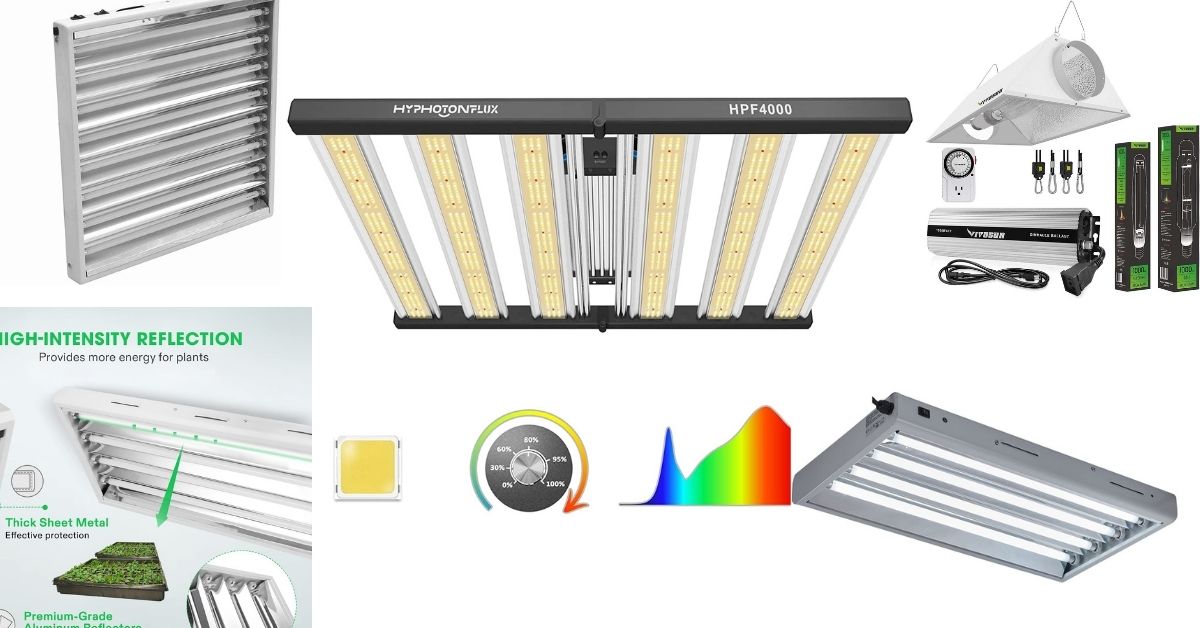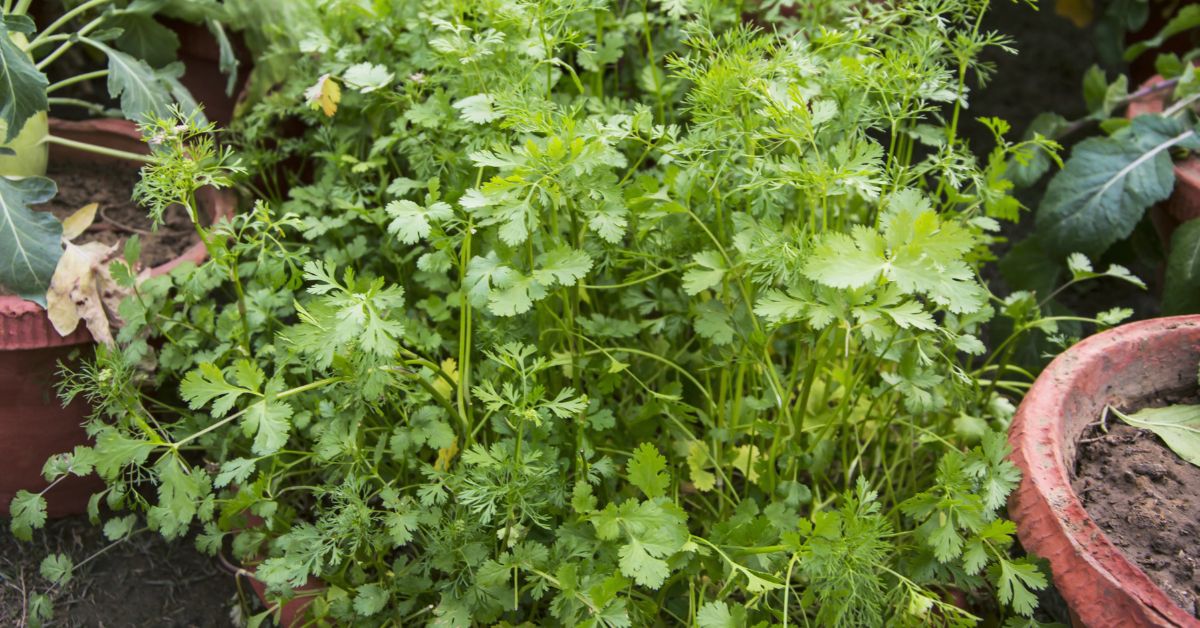Sunflowers (Helianthus) are one of the most popular and cheerful flowers that can brighten up any space. They have large, daisy-like faces that come in various colors, sizes, and shapes. They are also easy to grow from seeds and fun for all the family. But did you know that you can also grow sunflowers indoors? Yes, you can enjoy these beautiful blooms all year round, even if you don’t have a garden or a balcony.
In this article, we will show you how to grow sunflowers indoors using simple steps and tips. You will learn how to choose the right sunflower seeds, how to start them indoors, how to transplant them to larger pots, how to care for them, and how to harvest them. You will also discover the benefits of growing sunflowers indoors, such as air purification, pollinator attraction, and seed production. By the end of this article, you will be ready to start your own indoor sunflower garden and enjoy these sunny flowers in any season.
Some of the topics that we will cover in this article are:
- Dwarf or container-friendly sunflower varieties
- Peat pots or seed trays
- Potting soil and liquid fertilizer
- Sunny windows or artificial lights
- Pinching off tips and rotating pots
- Cutting and drying sunflower blooms and seeds
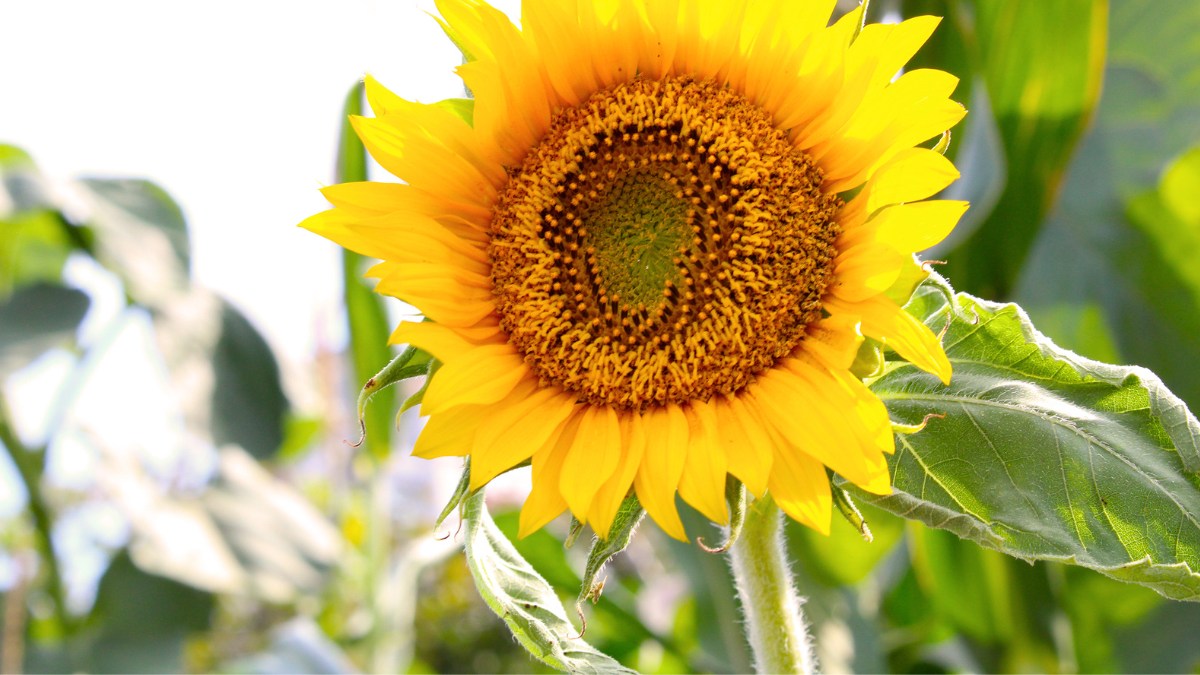
Benefits of Growing Sunflowers Indoors
Growing sunflowers indoors has many benefits for you and your environment. Sunflowers are not only beautiful and cheerful, but they also have many practical and ecological uses. Here are some of the benefits of growing sunflowers indoors:
Sunflowers purify the air by absorbing carbon dioxide and releasing oxygen. They also filter out harmful pollutants and toxins from the air, such as formaldehyde, benzene, and ammonia. By growing sunflowers indoors, you can improve the air quality and freshness of your home or office.
Sunflowers produce seeds that can be eaten or planted. Sunflower seeds are rich in protein, healthy fats, vitamins, and minerals. They can be eaten raw, roasted, or used to make sunflower butter, oil, flour, or sprouts. They can also be saved for planting next year or shared with friends and family. By growing sunflowers indoors, you can enjoy a nutritious and delicious snack or grow more sunflowers for free.
Growing stages of sunflowers

Sunflowers are plants that can brighten up any space with their cheerful and colorful blooms. They are also easy to grow from seeds and fun for all the family. But how do sunflowers grow, and what are the different stages of their development? Here is a brief overview of the eight main stages of sunflower growth:
- Planting the seed: This is the first stage of sunflower growth, where you sow the seed in a pot or tray filled with good-quality potting soil. You should plant three seeds about half an inch deep per pot or cell and water them lightly. You should keep them in a warm and sunny spot or under artificial lights until they germinate.
- Germination: This is the second stage of sunflower growth, where the seed sprouts and emerges from the soil. This usually happens within 48 hours after planting, depending on the temperature and moisture level. You should see a small green shoot with two cotyledons (seed leaves) at the tip.
- Seedling: This is the third stage of sunflower growth, where the seedling grows and develops more leaves and a stem. This stage lasts for about four weeks, during which you should thin out the weaker seedlings and leave only one per pot or cell. You should also water your seedlings regularly, keeping the soil moist but not soggy, and feed them with a balanced liquid fertilizer every two weeks.
- Growing a bud: This is the fourth stage of sunflower growth, where the seedling forms a bud at the top of the stem. This stage typically lasts for about two weeks, and it is important to ensure that your sunflower gets enough water and nutrients during this time. You should also rotate your pots every few days to prevent your sunflower from leaning toward the light source.
- Flowering: This is the fifth stage of sunflower growth, where the bud opens and reveals the flower head. The flower head consists of two types of flowers: ray flowers (the yellow petals) and disk flowers (the brown center). The flowering stage can be divided into sub-stages depending on the percentage of disk flowers that have bloomed, such as R5.1 (10%), R5.5 (50%), or R5.9 (90%). The flowering stage can last for several weeks, depending on the variety and conditions.
- Pollination: This is the sixth stage of sunflower growth, where the disk flowers are pollinated by insects or wind and produce seeds. The pollination stage overlaps with the flowering stage, as some disk flowers may still be blooming while others are already forming seeds. The pollination stage is crucial for seed production and quality.
- Seed development: This is the seventh stage of sunflower growth, where the seeds mature and ripen inside the flower head. The seeds are surrounded by a hard shell called a hull, which protects them from pests and diseases. Depending on the variety and conditions, the seed development stage can take several weeks or months. You can tell when your seeds are ready by checking their color and texture: they should be plump, hard, and black or striped.
- Harvesting: This is the eighth and final stage of sunflower growth, where you harvest your sunflower seeds or cut flowers. You can harvest your sunflower seeds when the flower head is fully dry and the seeds are hard and black or striped. You can either leave the flower head on the plant until it dries naturally or cut it off and dries it on a paper towel. To remove the seeds, you can either rub them off with your hand or use a fork or spoon to scrape them out. You can store your seeds in an airtight container in a cool, dry place until you are ready to use them or plant them again next year. You can harvest your sunflower cut flowers when they are fully open, cutting them with a sharp knife or scissors. You can use them as decoration for your home or give them as gifts to your friends and family.
Choose your sunflower seeds

The first step to growing sunflowers indoors is to choose the right sunflower seeds for your space and preferences. There are many types of sunflowers, but not all of them are suitable for indoor growing. You will need to consider the size, shape, color, and flowering time of the sunflowers you want to grow.
Generally, dwarf or container-friendly sunflower varieties are the best choices for indoor growing. These sunflowers don’t grow too tall or need staking, and they can fit in standard pots or containers.
Some examples of dwarf sunflower varieties are Firecracker, Irish Eyes, Teddy Bear, Big Smile, and Sunny Smile.
You will also need to check the seed packet for information on germination time, flowering time, and plant height. Germination time is how long it takes for the seeds to sprout, flowering time is how long it takes for the flowers to bloom, and plant height is how tall the sunflowers will grow. You will want to choose sunflower seeds that have a short germination time, a long flowering time, and a short plant height for indoor growing.
You can buy sunflower seeds from reputable sources or online retailers. Make sure the seeds are fresh, healthy, and free from mold or pests. You can also use sunflower seeds from bird seed mixes, as long as they have the outer shell intact. However, these seeds may not be labeled with the variety name or other information, so you may not know what kind of sunflowers you will get.
Soil: The Importance of Using a Well-Draining Potting Mix
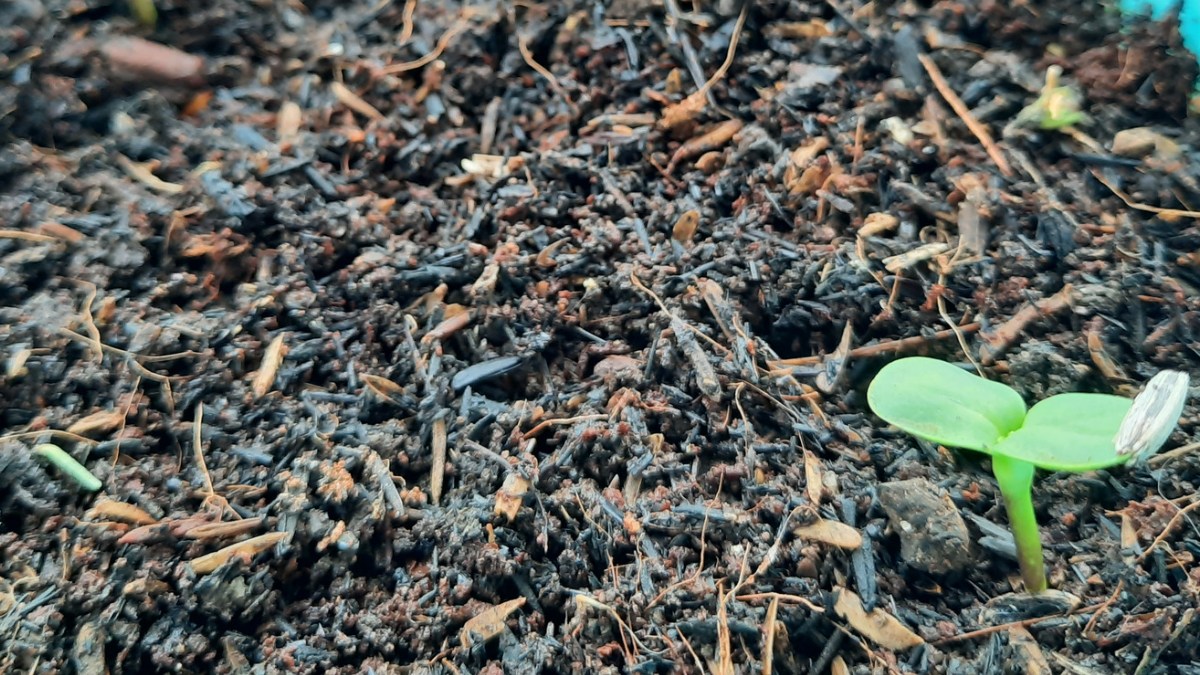
Another important factor for growing sunflowers indoors is using a well-draining potting mix that retains moisture. Sunflowers are thirsty plants and need plenty of water to grow and bloom, but they also don’t like to sit in soggy soil. Excess water can cause root rot, fungal diseases, and nutrient deficiencies in sunflowers.
Using a well-draining potting mix will ensure that your sunflowers get enough water without drowning them. The potting mix should be loose and airy, allowing water to drain easily through the bottom of the pot. It should also hold enough water for the plant to absorb, keeping the soil moist but not wet.
A good quality general-purpose potting mix will work well for sunflowers. You can also add some perlite or coconut coir to improve the drainage and aeration of the potting mix. These materials are lightweight and porous, creating air pockets in the soil that help the roots breathe and prevent compaction.
You should also use pots that have drainage holes at the bottom so that excess water can escape from the soil. If possible, go with deep pots that have plenty of room for soil and root growth. Sunflowers have long taproots that need space to expand and anchor the plant.
Start your seeds indoors
The next step to growing sunflowers indoors is to start your seeds indoors about four weeks before the last frost date in your area. This will give your sunflowers a head start and allow them to bloom earlier and longer. Starting your seeds indoors also protects them from pests, diseases, and weather fluctuations that may affect them outdoors.
To start your seeds indoors, you will need peat pots or seed trays, potting soil, water, and a sunny spot or artificial lights. Peat pots are biodegradable pots that can be planted directly into the soil without disturbing the roots. Seed trays are plastic or metal trays with individual cells for each seed. You can use either one, but peat pots are more convenient and eco-friendly.
Fill your peat pots or seed trays with good quality potting soil that drains well but retains moisture. Sow three seeds per pot or cell, about half an inch deep. Water the seeds lightly and keep them in a warm and sunny spot or under artificial lights. The ideal temperature for germination is between 64 and 91ºF (18–33ºC). You should see sprouts emerge within 48 hours.
Once the seedlings have two sets of true leaves, you will need to thin them out. This means removing the weaker seedlings and leaving only the strongest one per pot or cell. You can use scissors to cut off the unwanted seedlings at the soil level or gently pull them out by hand. Thinning will prevent overcrowding and competition for nutrients and space.
Transplant your seedlings into larger pots

The third step to growing sunflowers indoors is to transplant your seedlings to larger pots when they are about 6 inches tall. This will give them more room to grow and prevent root-bound problems. Transplanting sunflowers can be tricky, as they have sensitive roots that don’t like to be disturbed. You will need to be careful and gentle when moving your sunflowers to their new homes.
Choose pots that are at least 12 inches in diameter and have drainage holes. You can use plastic, ceramic, metal, or wooden pots as long as they are sturdy and can support the weight of the sunflowers. Fill the pots with fresh potting soil and make a hole in the center large enough for the root ball of the sunflower.
Remove the sunflower seedling from its original pot or tray by gently squeezing the sides and turning it upside down. Hold the seedling by the stem and let the root ball slide out. Do not pull or tug on the stem or roots, as this can damage them. If the seedling is in a peat pot, you can plant it directly into the soil without removing it, as the peat pot will decompose over time.
Place the sunflower seedling into the hole in the new pot and gently press the soil around it. Make sure the surface of the soil comes up almost to the lowest leaves of the sunflower. Transplanting deeply will help keep the sunflower securely in place and encourage root growth.
Water the sunflower seedling well and place it in a sunny window or under artificial lights. Sunflowers need at least six to eight hours of sunlight a day to thrive. You may need to rotate your pots every few days to prevent the sunflowers from leaning toward the light source.
Care for your sunflowers

The fourth step to growing sunflowers indoors is to care for your sunflowers and keep them healthy and happy. Sunflowers are not very demanding plants, but they do need some attention and maintenance to thrive. Here are some tips on how to care for your sunflowers indoors:
Water your sunflowers regularly, keeping the soil moist but not soggy. Sunflowers are thirsty plants and need plenty of water to grow and bloom. Check the soil every day and water it whenever the top inch of the soil becomes dry. Use a watering can and water the soil around the base of the plant, avoiding the foliage and the flower. Drain any excess water from the tray or saucer under the pot.
Feed your sunflowers with a balanced liquid fertilizer every two weeks during the growing season. Sunflowers are hungry plants and need extra nutrients to support their growth and flowering. Use a general-purpose or a high-potassium fertilizer diluted according to the label instructions. Apply the fertilizer to the soil around the base of the plant, not on the foliage or the flower.
Rotate your pots every few days to prevent the sunflowers from leaning toward the light source. Sunflowers are heliotropic, which means they follow the sun throughout the day. This can cause them to bend or tilt in one direction, especially if they are grown indoors. To keep them upright and balanced, rotate your pots by 90 degrees every few days or whenever you notice them leaning.
Pinch off the tips of the main stem and side branches to encourage bushier growth and more flowers. Sunflowers usually produce one large flower per stem, but you can make them produce more by pinching off the growing tips. This will stimulate the plant to produce more side branches and buds, resulting in a fuller and more floriferous plant. Pinch off the tips when the plant is about 12 inches tall using your fingers or scissors.
You may like this: How to Pick a Bonsai Tree That’s Right for You (The Ultimate Guide!)
Enjoy your sunflowers
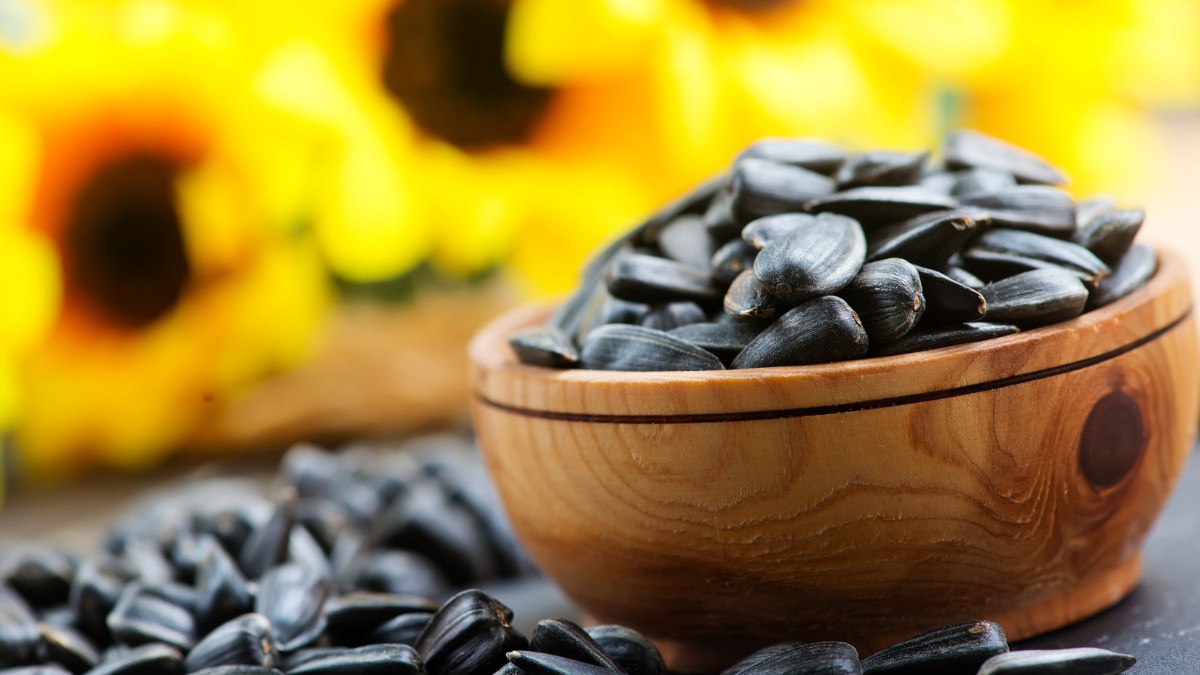
The fifth and final step to growing sunflowers indoors is to enjoy your sunflowers and their many benefits. Sunflowers are not only beautiful to look at, but they also have many uses and purposes. Here are some ways you can enjoy your sunflowers indoors:
Harvest your sunflower blooms when they are fully open, cutting them with a sharp knife or scissors. You can use them as cut flowers to decorate your home or give them as gifts to your friends and family. Sunflowers can last up to two weeks in a vase with fresh water and some flower food. Change the water every few days and remove any wilted petals or leaves.
Dry your sunflower seeds for eating or planting later by removing the petals and letting the flower heads dry on a paper towel. You can either leave the seeds on the flower head or rub them off with your hand. Store the seeds in an airtight container in a cool, dry place until you are ready to use them. You can eat the seeds raw or roasted or use them to make sunflower butter, oil, flour, or sprouts.
Save some seeds for feeding birds or sharing with friends and family. Sunflower seeds are a nutritious and delicious treat for many birds, especially in winter when food is scarce. You can either leave the flower heads outside for the birds to peck at or hang them from a string or wire. You can also share some seeds with your fellow gardeners or sunflower lovers and spread the joy of these sunny flowers.
Growing Sunflowers Indoors in Winter

If you love sunflowers and want to enjoy them all year round, you might be wondering if you can grow them indoors in winter. The answer is yes, you can! With some extra care and attention, you can grow sunflowers indoors even when the weather outside is cold and gloomy.
Here are some tips on how to grow sunflowers indoors in winter:
Choose a sunny spot or use artificial lights. Sunflowers need at least six to eight hours of sunlight a day to thrive. You should place them in a sunny window or under artificial lights. You may need to rotate your pots every few days to prevent the sunflowers from leaning toward the light source. You can use fluorescent or LED lights that are designed for plants and keep them about 6 inches above the sunflower tops.
Use well-draining soil and pots with drainage holes. Sunflowers don’t like to sit in soggy soil, as this can cause root rot and fungal diseases. Use a well-draining potting mix that contains perlite or coconut coir and pots that have drainage holes at the bottom. Water your sunflowers regularly, keeping the soil moist but not wet. Drain any excess water from the tray or saucer under the pot.
Keep your sunflowers warm and humid. As I mentioned above, sunflowers prefer warm temperatures between 64 and 91ºF (18–33ºC). Avoid placing them near cold drafts or heat sources that can dry out the air. You can also mist your sunflowers with water once or twice a day to increase the humidity around them. This will help prevent leaf curling and wilting.
Fertilize your sunflowers every two weeks. Sunflowers are hungry plants and need extra nutrients to support their growth and flowering. Use a balanced liquid fertilizer diluted according to the label instructions. Apply the fertilizer to the soil around the base of the plant, not on the foliage or the flower.
Stake your sunflowers if needed. Some sunflower varieties can grow very tall and heavy, especially when grown indoors. To prevent them from toppling over, you may need to stake them with bamboo sticks or metal rods. Insert the stake into the soil next to the sunflower stem, and tie them loosely with twine or string. Be careful not to damage the roots when inserting the stake.
Conclusion
In this article, we have shown you how to grow sunflowers indoors using simple steps and tips. You have learned how to choose the right sunflower seeds, how to start them indoors, how to transplant them to larger pots, how to care for them, and how to harvest them. You have also discovered the benefits of growing sunflowers indoors, such as air purification, pollinator attraction, and seed production.
We hope you have enjoyed this article and found it helpful and informative. Sunflowers are wonderful plants that can brighten up any space and bring joy to anyone who sees them. By growing them indoors, you can enjoy these beautiful blooms all year round, even if you don’t have a garden or a balcony. So why not give it a try and start your own indoor sunflower garden today?
If you have any questions or comments, please feel free to leave them below. We would love to hear from you and see your sunflower photos. Thank you for reading, and happy sunflower growing!
FAQ
How long do sunflowers take to grow indoors?
Sunflowers usually take 80 to 120 days to mature and produce new seeds, depending on the variety. However, you can start your seeds indoors about four weeks before the last frost date in your area to give them a head start and allow them to bloom earlier and longer.
How much sunlight do sunflowers need indoors?
Sunflowers need at least six to eight hours of sunlight a day to thrive. You should place them in a sunny window or under artificial lights. You may need to rotate your pots every few days to prevent the sunflowers from leaning toward the light source.
How do I harvest sunflower seeds indoors?
You can harvest sunflower seeds when the flower heads are fully dry, and the seeds are plump and hard. You can either leave the flower heads on the plant until they dry naturally or cut them off and dry them on a paper towel. To remove the seeds, you can either rub them off with your hand or use a fork or spoon to scrape them out. Store the seeds in an airtight container in a cool, dry place until you are ready to use them.

